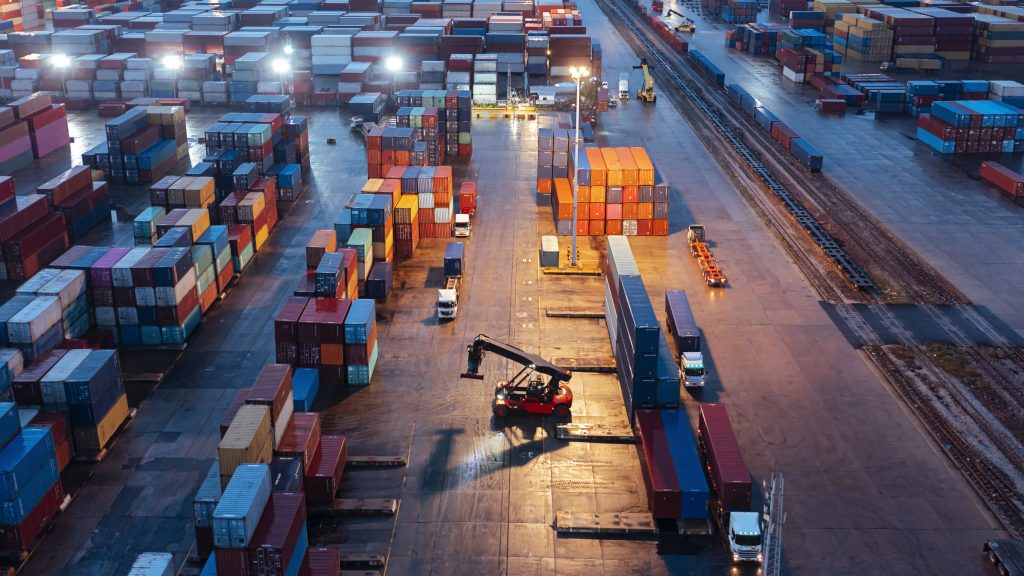
Romania’s race to improve VAT collection rates
The Romanian tax authorities have introduced a series of measures in an attempt to reduce its VAT deficit and combat the impact of fraud on VAT collection.
According to the European Commission VAT Gap Report, in 2020, VAT collection within the European Union (EU) increased by around 2% compared to the previous years.
However, while the VAT gap decreased at the EU level, VAT collection remains a significant problem in Romania. Romania recorded the highest VAT gap in 2020, with a VAT revenue loss of 35.7%. In comparison, the lowest VAT gaps for that year were recorded in Finland (1.3%), Estonia (1.8%) and Sweden (2%).
In Romania, the high VAT gap is not a new issue. Significant VAT collection losses have been a major challenge for the tax administration for a long time. In 2019 and 2020, Romania lost around one-third of the VAT that should have been collected.
In response, the Romanian tax authorities have implemented a series of measures to reduce the deficit and combat fraud.
Reforming Romania’s tax administration
Implemented in 2018, one of the first measures taken was the VAT split payment system. However, the poor implementation of this system, together with the delayed reform and digitalisation of VAT administration, have inevitably slowed down improvements in VAT collection.
As a result, the tax authorities, through Romania’s National Recovery and Resilience Plan (NRRP), have undertaken the most comprehensive reform of the tax administration. Based on digitalisation, the reforms aim to reduce the VAT collection deficit by 5% by 2026 compared to 2019. Some of the proposed measures have already been initiated. These include Standard Audit File for Taxes (SAF-T) reporting, connecting electronic cash registers to National Agency for Fiscal Administration (NAFA) servers, an electronic invoicing system and RO e-Transport, a digital platform for monitoring high-tax-risk goods shipments.
Measures adopted
Statistically, the implementation of SAF-T, in conjunction with other tax measures, has helped other EU Member States to combat the increasing VAT Gap, including Poland, Portugal, and Austria, which are among the countries with the highest VAT collection rates. However, as it is so far behind other countries, Romania has decided to implement the second Organisation for Economic Co-operation and Development (OECD) version of the SAF-T model. This model requires the highest volume of information split into five modules – general ledger, receivables, debts, fixed assets and inventory.
The measure was announced by the Romanian tax authorities in 2021 and applied from 1 January 2022 for large taxpayers. Medium-sized taxpayers were obliged to submit SAF-T from 1 January 2023, while small taxpayers will be required to report from 1 January 2025.
With the complex and considerable amount of data to be reported, the short implementation timeframe continues to be the biggest challenge taxpayers and their advisers face.
The next measure adopted was electronic invoicing through a national system entitled “RO e-Invoice”. This system became mandatory to business-to-government (B2G) transactions from 1 July 2022. For business-to-business (B2B) transactions, the system is applicable from the same date, however, it is limited to transactions with certain types of goods considered high risk, such as fruit and vegetables, alcoholic beverages, clothing and footwear, mineral products, and new constructions. Although the measure is only currently applicable to suppliers of high-risk products, Romania has requested a derogation from the EU VAT Directive provisions and intends to extend the application of e-invoicing to all types of transactions as from 2024. Romania’s decision is in line with the new legislative package on VAT in the Digital Age which is expected to enter into force starting with January 2024.
An additional measure adopted by the Romanian tax authorities is the e-Transport system, a digital platform which aims to monitor the transport of goods in Romania with a high tax risk.
These measures, which have proved successful in other Member States, give the Romanian tax authorities greater control over transactions carried out by traders, with real-time access to a large volume of data designed to help identify fraudulent transactions.
Major challenges emerging
With the tax inspection process facing a major paradigm shift, the readiness and ability of the tax authorities to analyse and process a significant amount of data will be essential. Moreover, the rapid implementation of such complex measures is a delicate issue as it creates notable technical and human resource challenges both for the tax authorities and for the taxpayer.
Additionally, we note that implementing such measures will entail significant costs for both parties. Thus, it’s essential for the tax authorities to follow a stable and predictable legislative frame and for taxpayers to provide feedback and help the authorities solve any practical issues observed.
As we are only in the early stages of measures implemented by the Romanian tax authorities, it’s too soon to say whether results will successfully reduce Romania’s VAT gap and combat tax fraud.
Taxpayers should continue to monitor the authorities’ efforts to increase budget revenue and the effects this will have on the business environment that, in the short term, will face unprecedented challenges.





















